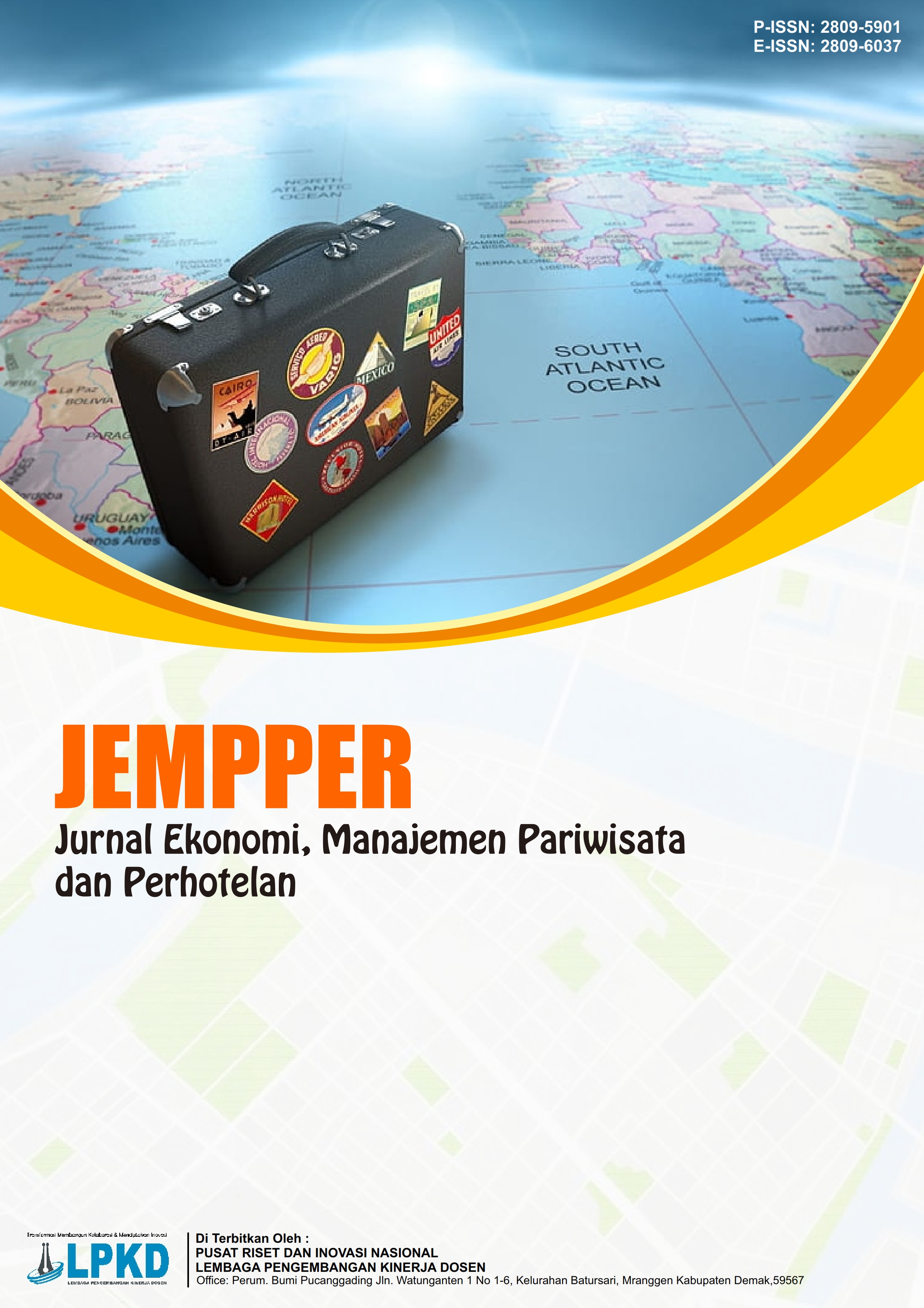Analisis Pragmatik Gaya Bahasa Hiperbola Dalam Iklan Kosmetik Anti-Aging
DOI:
https://doi.org/10.55606/jempper.v4i3.5090Keywords:
Pragmatics, Hyperbole, Cosmetic Advertisement, Anti-Aging, Critical Discourse Analysis, Speech ActsAbstract
This study aims to analyze the use of hyperbole in anti-aging cosmetic advertisements from a pragmatic perspective. Hyperbole is a form of linguistic expression frequently used in advertising to attract audience attention and form strong perceptions of a product. The main focus of this study is how hyperbole is used strategically in conveying advertising messages and influencing consumer behavior. The data in this study consist of anti-aging cosmetic advertisement texts collected from various media, including print, television, and digital platforms. Data collection techniques were carried out through documentation and observation of advertising content that emphasizes the use of hyperbole. The results of the study indicate that there are four dominant types of hyperbole in anti-aging cosmetic advertisements. First, temporal hyperbole, which emphasizes the speed of results, such as the claim "younger-looking skin in just 3 days." Second, quantitative hyperbole, which uses excessive numbers and percentages, for example "eliminates 99% of wrinkles instantly." Third, qualitative hyperbole, which exaggerates the efficacy or superiority of a product, such as "the secret to unparalleled eternal beauty." Fourth, comparative hyperbole, which compares a product with an unrealistic analogy or metaphor. From a pragmatic perspective, the use of hyperbole has three main functions, namely: (1) a persuasive function, to convince consumers that the product is very effective; (2) an emotive function, to arouse consumers' emotions and desires for an ideal appearance; and (3) a conative function, to encourage real action in the form of purchasing the product. This study confirms that hyperbole is not only a rhetorical device, but also a powerful communicative strategy in shaping consumer perceptions and behavior in the realm of cosmetic advertising.
References
Afriaris, S., & Windartini, S. (2020). Model pengembangan strategi komunikasi bisnis untuk mencapai tujuan pemasaran pada usaha kecil menengah (studi kasus pada konsep usaha rumah tangga kerak nasi). Jurnal EKOBISTEK, 9(1), 12–20.
Aprinica, N. P. I. (2021a). Discourse analysis of cosmetic Maybelline advertising. J-Lalite: Journal of English Studies, 2(2), 60–72. http://jos.unsoed.ac.id/index.php/jes
Aprinica, N. P. I. (2021b). Style of language in tourism hotel advertising. LEEA Journal, 5(1), 11–18. https://doi.org/10.31539/leea.v5i1.2819
Aripradono, H. W. (2020). Penerapan komunikasi digital storytelling pada media sosial Instagram. Teknika, 9(2), 121–128. https://doi.org/10.34148/teknika.v9i2.298
Aulia, W. (2022). Analisis cara kerja bahasa pada konsep facelift Avanza-Xenia melalui pendekatan struktur visual. Productum: Jurnal Desain Produk (Pengetahuan dan Perancangan Produk), 5(2), 107–114. https://doi.org/10.24821/productum.v5i2.7196
Cendriono, N. (2017). Kajian pragmatik bahasa iklan pada Tabloid Nova edisi Januari sampai dengan Juni 2017. Widyabastra, 5(2), 87–97. http://e-journal.unipma.ac.id/index.php/widyabastra/article/viewFile/2002/1473
Cook, G. (2001). The discourse of advertising (2nd ed.). London: Routledge.
Fairclough, N. (1995). Media discourse. London: Edward Arnold.
Gill, R. (2007). Gender and the media. Cambridge: Polity Press.
Goodman, S., & Preston, D. (2014). Consumer responses to advertising: The interplay of persuasion and skepticism. Journal of Consumer Research, 40(4), 708–724.
Handayani, L. T., & Indah, R. N. (2022). Denotation and connotation in beauty advertisement: Implication for the teaching of semantics. Wanastra: Jurnal Bahasa dan Sastra, 14(1), 50–56. https://doi.org/10.31294/wanastra.v14i1.11531
Kress, G., & van Leeuwen, T. (2006). Reading images: The grammar of visual design (2nd ed.). London: Routledge.
Listiani, E., Kurniawan, M. H., & Sudana, D. (2023). A semiotic study on lipstick L’Oreal Paris product poster advertisement. LITERA, 22(1), 54–65. https://doi.org/10.21831/ltr.v22i1.51715
Mailani, O., Nuraeni, I., Syakila, S. A., & Lazuardi, J. (2022). Bahasa sebagai alat komunikasi dalam kehidupan manusia. KAMPRET Journal, 1(2), 1–10. http://www.plus62.isha.or.id/index.php/kampret
Phillips, B. J., & McQuarrie, E. F. (2004). Beyond visual metaphor: A new typology of visual rhetoric in advertising. Marketing Theory, 4(1–2), 113–136.
Williamson, J. (1978). Decoding advertisements: Ideology and meaning in advertising. London: Marion Boyars.







